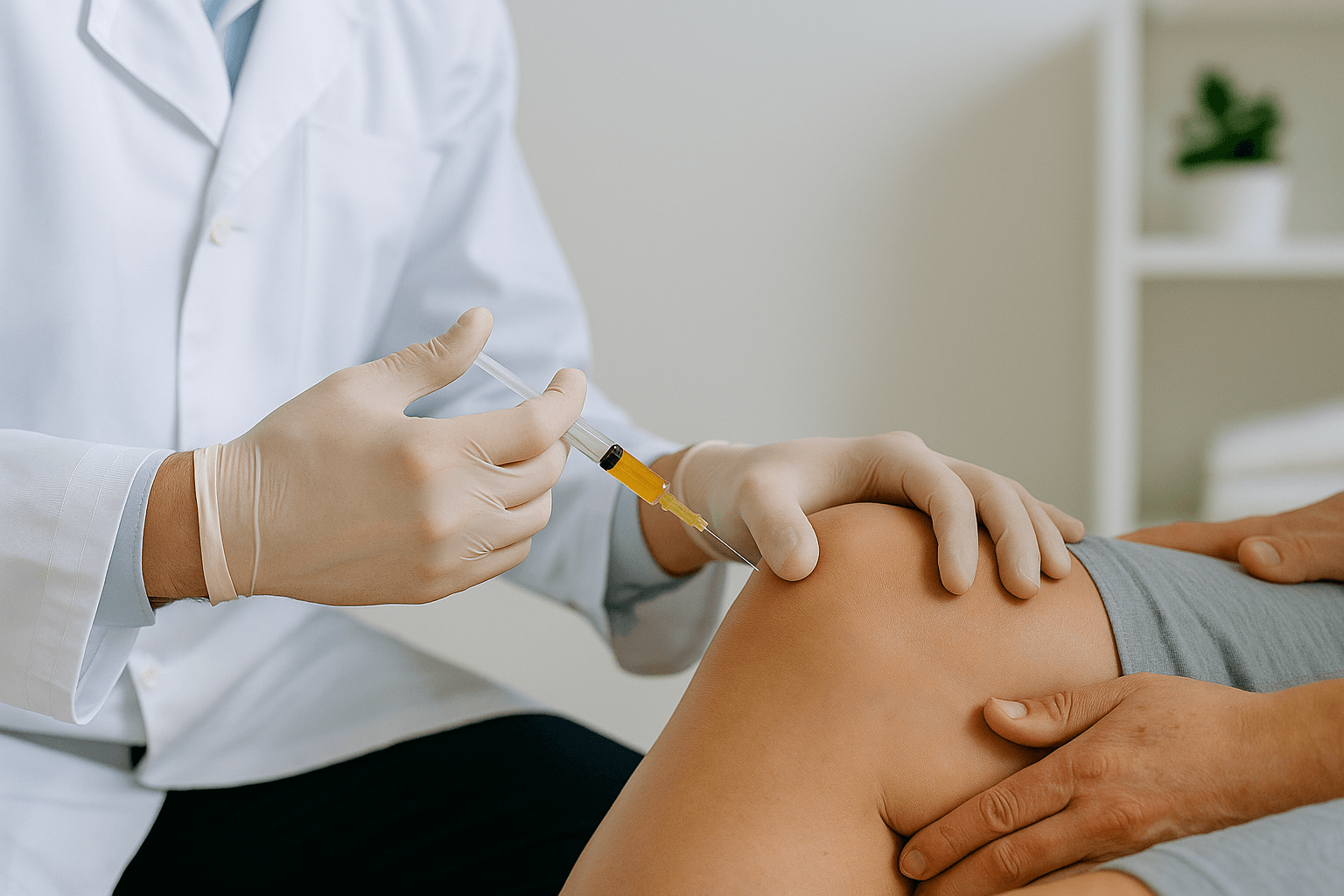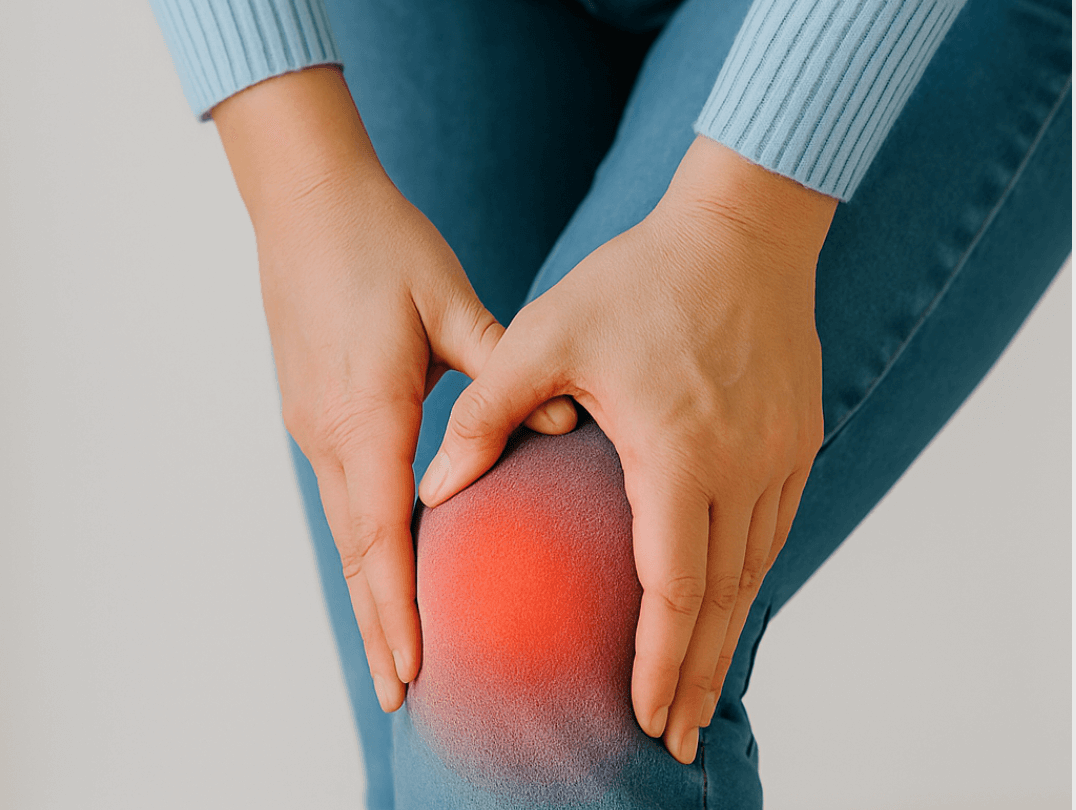
- Oct 03, 2025
- By TJICLondon
PRP Therapy for Joint Pain
What to Expect and Who It’s For
If you’ve been researching alternatives to surgery for joint pain, you may have come across PRP therapy. PRP stands for platelet-rich plasma, and it’s an exciting treatment that uses your own blood to help heal injured tissues.
What Is PRP?
Blood is made up of red cells, white cells, plasma, and platelets. Platelets are responsible for clotting, but they also release growth factors that stimulate healing. PRP is created by drawing a small sample of your blood and spinning it in a centrifuge to concentrate the platelets. This concentrated plasma is then injected back into the affected joint or tendon.
How It Helps
By delivering growth factors directly to the site of injury, PRP encourages the body’s natural repair processes. It reduces inflammation, promotes new tissue growth, and may even slow the progression of arthritis.
Who Can Benefit?
PRP therapy is often recommended for:
- Early arthritis of the knee or hip
- Tendon problems like tennis elbow or Achilles tendinopathy
- Ligament sprains or partial tears
- Patients who want to delay or avoid joint replacement surgery
What the Procedure Involves
The whole process usually takes less than an hour. After your blood is drawn and processed, your doctor injects the PRP into the affected area under ultrasound guidance. Because it uses your own blood, the risk of allergic reaction is extremely low.
Results and Evidence
Research into PRP is ongoing, but many studies show promising results. Patients often report reduced pain and improved function within weeks, although sometimes multiple sessions are needed. PRP is not a quick fix, but it can offer longer-term benefits than other treatments








